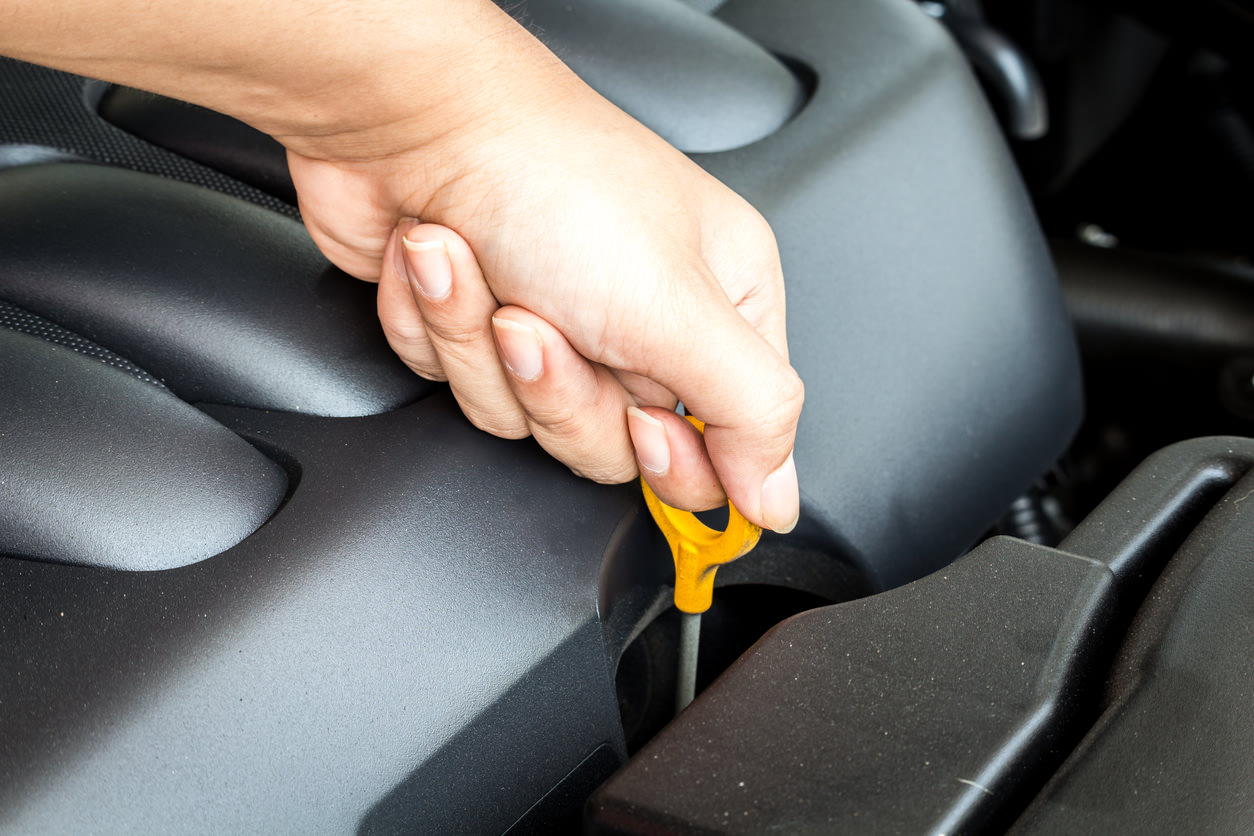How to check and top up your car’s engine oil

Furthermore, according to one of the world’s largest oil companies, half of all motorists don’t even know why a car needs oil in its engine. That’s a worry.
Oil is the lifeblood of an engine. It is used to lubricate all the moving components whizzing away at high speeds in an engine, filter out any debris that could do damage and manage the build-up of heat.
Think of it like this. We all take the time to change the bag of our vacuum cleaner, keep the sink strainer free from gunk and ensure there’s water in the kettle to put on a brew. But when it comes to caring for our cars one of the most complicated and expensive things most people own – we aren’t even doing the bare minimum to make sure the costly investment we depend on day to day will continue to work smoothly.
So spare a thought for your car’s engine oil. Check it on a regular basis – at least every couple of weeks and know how to top it up using the correct type of lubricant. Here’s how to do it, in 10 simple steps.
-
Read the vehicle handbook
It’s worth checking engine oil at least once every couple of weeks. Although the task is straightforward, not all cars require the same process. So first things first, read the vehicle handbook to understand the car manufacturer’s recommendations.
Some engines will use a dipstick, literally a stick that is dipped into a dedicated part of the engine to measure how much oil is in the sump (a storage area for the oil). This will be done manually, as detailed below.
A select few modern cars may rely on sensors to give drivers a reading of their car’s engine oil level. The handbook will explain how to do this.
-
Park the car on a level surface
The car needs to be parked on level ground to ensure you get an accurate reading of the engine’s oil level. The handbook will also advise whether the engine oil should be cold or warm.
-
Open the bonnet
Again, the handbook will tell you how to do this, if you don’t already know. Older cars will have a stay, a metal rod that is lifted and locked into position to keep the bonnet from dropping on your head. Most recent vehicles have hydraulic arms that keep the bonnet open and out of harm’s way.
-
Locate the dipstick
The handbook will show you where the dipstick is if you can’t see it.
-
Remove the dipstick and check the level
Using a sheet of kitchen roll, or a clean and dry cloth, lift out the dipstick, wipe the end of the stick clean, then reinsert it where it came from. After a couple of seconds, remove it again and check the level (see below).

Also, take a moment to look at the colour of the oil. It will be a light golden to brown, or black, depending on the engine and fuel it uses. If there is a light, milky appearance, or any particles in it, it’s advisable to have the car checked by a reputable garage.
See the most economical family cars for less than £10,000
-
Minimum and maximum marks on a dipstick
The oil you can see should be somewhere between the maximum and minimum points marked on the end of the dipstick. If it’s close to the minimum, or below, you’ll need to top up the engine with fresh oil.
-
Check which type of engine oil is suitable for your car
Different engines require different types of oil. We won’t go into the ins and outs of engine oils here; use the vehicle handbook to check what’s required. Alternatively, speak with the vehicle manufacturer’s customer service team. It’s also possible to use an online search tool, such as these from Castrol, Mobil and Shell.
However, when using these sites, you may be given conflicting information over the type of engine oil. That’s why it’s best to check the handbook or speak with a representative for the car marker first.
And one more tip: buy the best quality oil you can afford. Saving a few quid could cost you dear in the long run.
-
Locate and remove the oil filler cap

If you don’t know where the engine’s oil filler cap is, it’s time for the handbook again. Locate it and remove, being sure not to place it somewhere safe so the cap can’t drop into the engine bay.
-
Add a small amount of oil
The most important thing to know is that putting too much oil in an engine can cause serious damage. So only add a little at a time, then wait for several minutes before removing the dipstick, wiping it clean, reinserting and removing again to check the level.
Once done, replace the engine oil cap and wipe up any spills, taking care to wash hands should oil come into contact with skin.
-
Close the bonnet securely
Ensure the bonnet is closed securely, and now you and your car are good to go.
What is antifreeze or coolant and how can you check your car’s fit for winter?